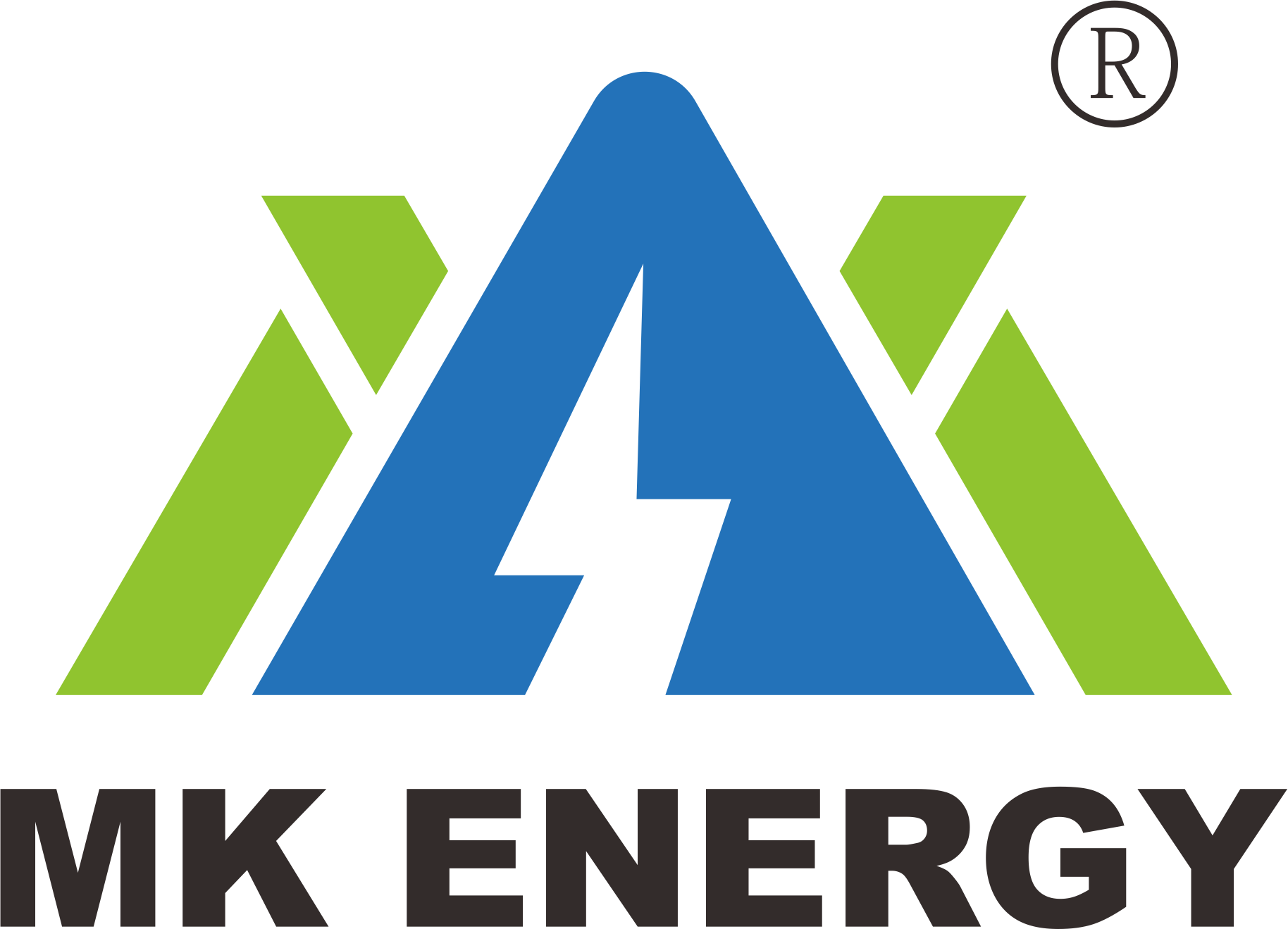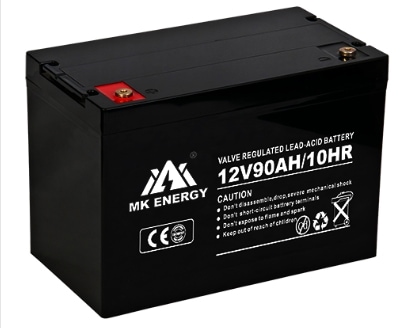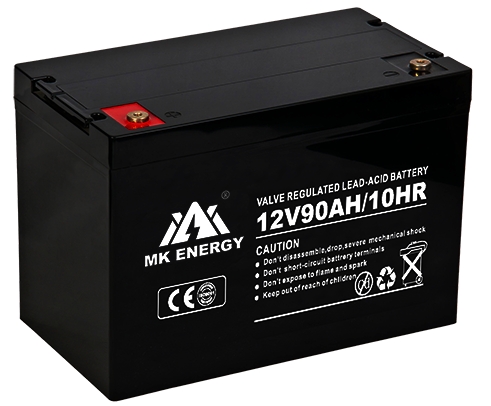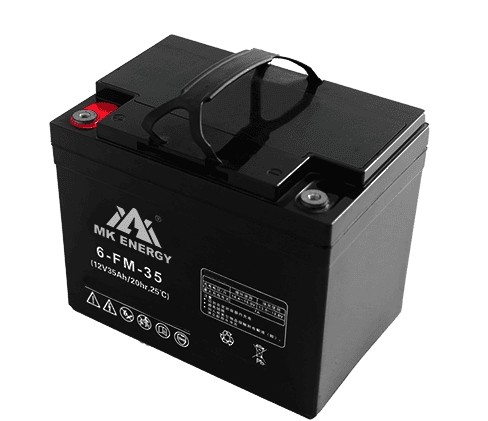With the popularization and use of electric bicycles, lead-acid batteries have entered the ranks of daily necessities. Due to improper maintenance and use by people, various problems often occur. Among them, the most common problems are short battery life and battery bulging. The largest and most common problem is battery life. The dangerous problem is the battery catching fire and exploding. Although the coefficient of fire and explosion of lead-acid batteries is not very high, it is still worthy of everyone’s attention.
Charge and discharge technology
The service life of lead-acid batteries is closely related to charging and discharging technology. In particular, overcharging and over-discharging have a serious impact on battery service life. In order to ensure that there is no overcharge or over-discharge, the user needs to summarize and observe, and at the same time use relevant methods to control it.
Prevent over discharge
That is to say, when the battery is in use, it must not be discharged to the point where the battery cannot provide power. For example, when using an electric vehicle, try to fully charge it before use to prevent the battery from being close to a power shortage, and ensure that the battery is recharged in a timely manner. Another way to prevent over-discharge is to add batteries. When adding batteries, pay attention to reconfiguring the charger. If the electric vehicle controller or motor cannot bear the load, it needs to be replaced in time. If you are afraid of damaging the motor when adding batteries, it is best to equip it with a gear switch. Use low gear for travel.
Prevent overcharging
Overcharging the battery will damage the lead plate, and the electrolyte concentration will increase, damaging the battery itself. In order to prevent overcharging, it can be equipped with a charging socket that manually adjusts the power supply time. Before each charge, adjust it to the time required for full charging. Do not charge it all night, let alone charge it endlessly. According to the difference between the cycle life and float life of the battery, we can install photovoltaic panels or generators on electric vehicles and use solar energy to replenish power, which can extend the service life of the battery. According to this reasoning, charging electric vehicles immediately after use is beneficial to extending the service life of the battery.
Micro current charging
When charging, if the time is long enough, it is best to use micro-current charging. That is the method of charging immediately after use. It needs to be equipped with a scheduled charging socket to control the charging time not to be too long. Another method is to charge for a period of time and then stop charging again, which can also control the charging current. In daily use of electric vehicles, fast charging is often required for various reasons. People will choose to use fast charging devices set up on the roadside for charging. According to the basic needs of battery maintenance, the number of fast charging times should be as small as possible.
Replenish water in time
After a lead-acid battery is used for a period of time, the electrolyte in the battery will lose water due to electrolysis evaporation. If the water is not replenished in time, the battery capacity will decrease and it will be difficult to reach the rated voltage during charging. At this time, charging may easily cause bulging or even fire. Especially in the high temperature seasons of summer and autumn, timely replenishment of water is especially important. When the battery is short of water, the electrolyte concentration will increase, which will also damage the battery life.
The replenished water generally uses battery-specific electrolyte. Distilled water can also be replenished intermittently, but tap water must not be used. When replenishing water, an appropriate amount should be used. Only when there is a layer of water on the surface of the battery’s electrodes, must not be filled full, because the electrolyte is dilute sulfuric acid, and flowing out during charging will cause corrosion of the external components of the battery and cause pollution.
Adjust balance
The batteries in electric vehicles are arranged in groups, and the capacity of each group is required to be as consistent as possible. Balance adjustments must be made every three months to try to make the voltages consistent.
To adjust, use a multimeter, one or more 12-volt chargers, and a one-hundred-watt incandescent lamp. The multimeter detects the consistency of the voltage, charges the battery with a low voltage separately, and uses an incandescent lamp to discharge the battery with an excessive voltage. There is another method, if conditions permit, one battery is equipped with a charger (for a single battery), and all are connected and charged once every once in a while. This can achieve balance and operate faster and more conveniently.
Insulation and warming
When the temperature is below 15 degrees in winter, it is necessary to add an insulation device to the battery. Be sure to pay attention when the battery is heated: the water evaporates faster after the battery is heated. Check and replenish the water in time. It is best to check once every half a month.
Slow discharge
The battery discharge speed also has a great influence on the battery life. Slowing down the discharge speed as much as possible during use will greatly extend the battery life. For electric vehicles, in order to slow down the battery discharge rate, the number of batteries can be increased and the driving speed can be slowed down.
Protect from high temperatures
When using and storing the battery, it should not be placed in an environment exceeding 40 degrees. If you use an electric vehicle to run long distances in the summer, it is best to give the battery rest time during the journey. If the temperature is high in summer and autumn and the sun is strong, it is not advisable to place the electric vehicle in a place exposed to direct sunlight.
Water proof
The positive and negative connecting screws of the battery are prone to corrosion and rust when there is water, and the discharge will be accelerated when there is water on the battery surface.
Prevent electrolyte from flowing out
There is electrolyte in the battery. When charging, hydrogen and oxygen will be electrolyzed in the battery. Since the battery is a relatively closed space, the internal air pressure will increase. During the operation of the electric vehicle, the electrolyte will splash into the battery. At the liquid inlet hole, the electrolyte will flow out under the pressure of air pressure. Therefore, the electrolyte on the battery surface must be cleaned regularly to prevent the electrolyte from flowing out. The direct consequence of electrolyte outflow is corrosion of electrode screws and increased circuit resistance, which is very harmful.
The above are some safety operation guidelines for the actual use of lead-acid batteries. MK batteries have passed various battery tests before leaving the factory, have all kinds of certificates, and have a complete after-sales management system. If you are interested in our lead-acid batteries, please feel free to inquire.



